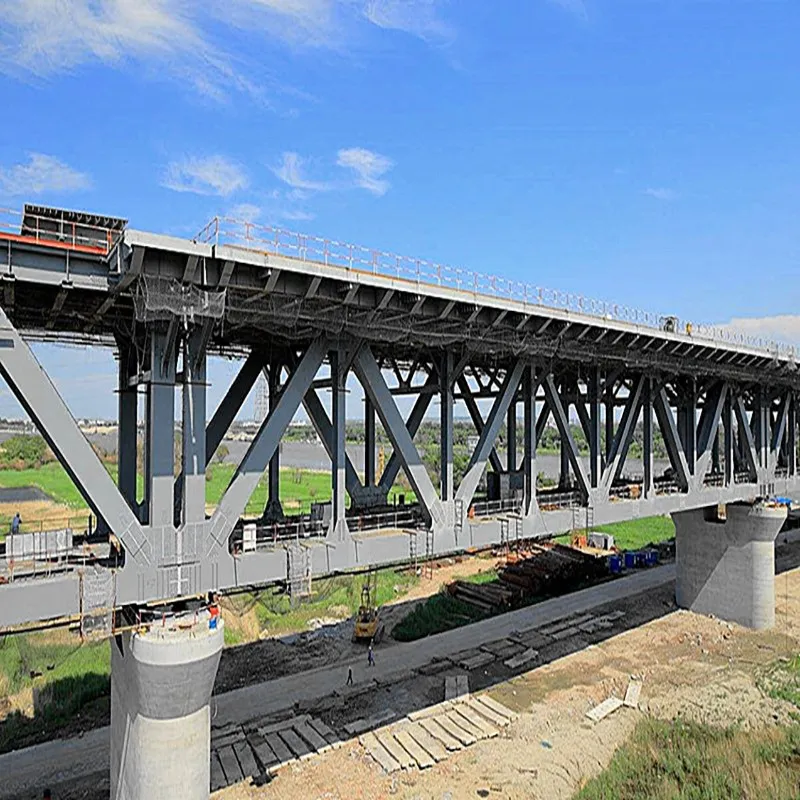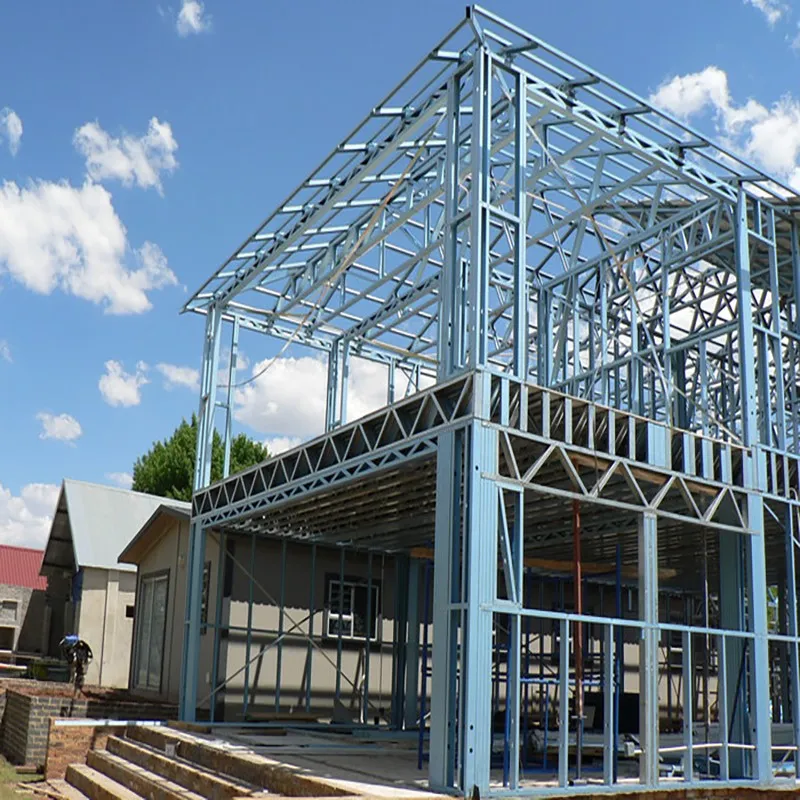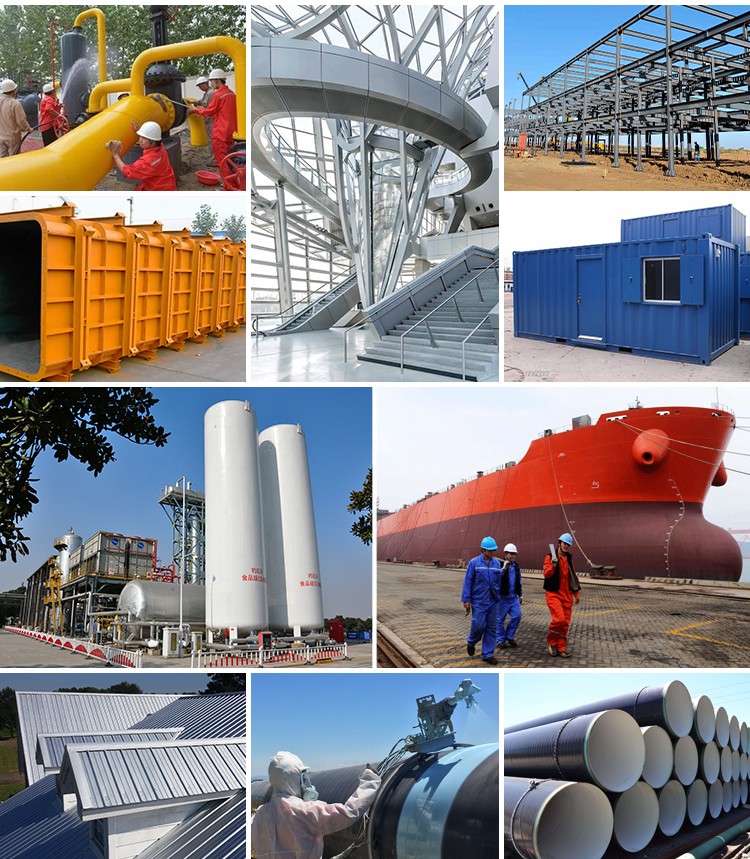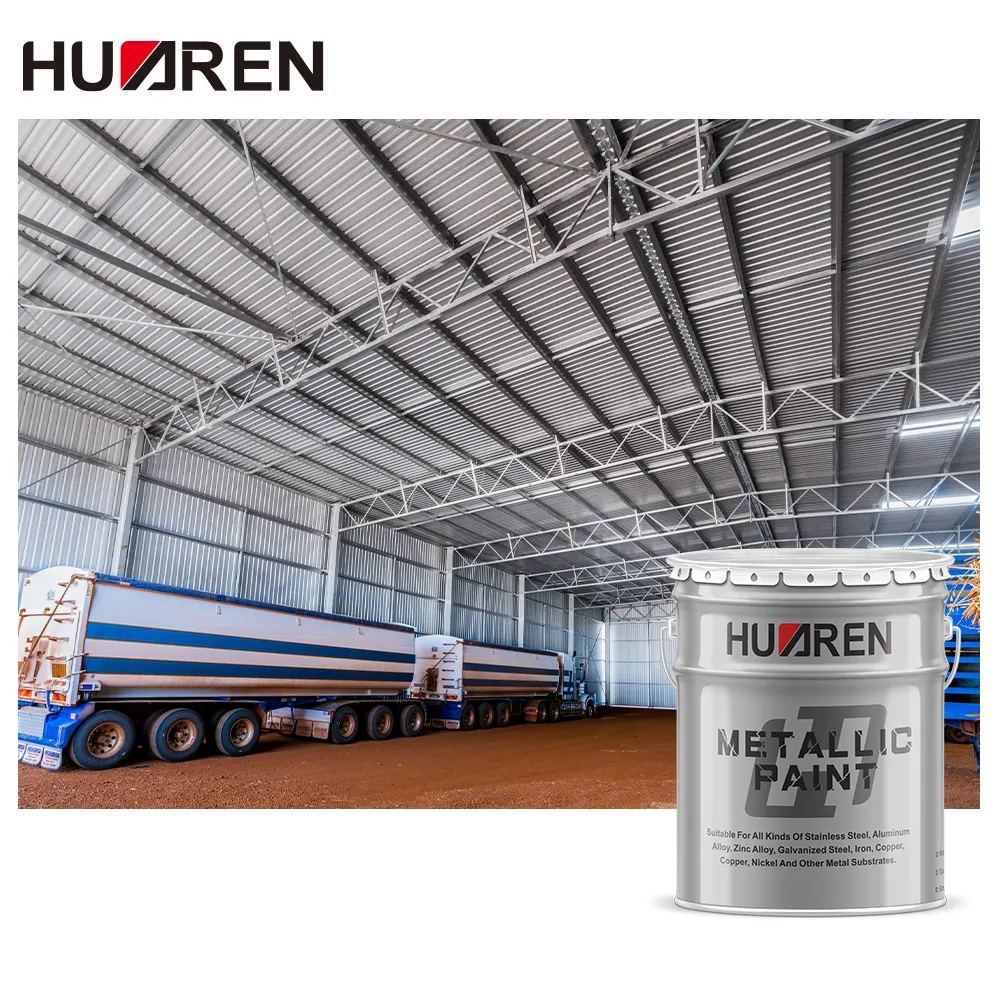As an environmentally friendly paint, metallic water based paint has been widely used in many fields such as construction, automobiles, industry and home decoration in recent years. Compared with traditional oil-based paint, water-based metallic paint has the advantages of low VOC (volatile organic compounds), non-toxicity, and no odor, which conforms to the concept of green environmental protection. However, despite its many advantages, not all metal materials are suitable for water-based metallic paint. When coating metal surfaces, it is necessary to select suitable coatings according to different metal materials to ensure the best adhesion, durability and protection effect.
This article will explore in depth the metal materials suitable for metallic water based paint, as well as the various issues that need to be paid attention to during the coating process, to help readers better understand the application scope and applicability of water-based metallic paint.

What are the characteristics of water-based metallic paint?
Water-based metallic paint is a paint with water as a solvent, usually composed of resin, pigment, filler and water. Its advantage is low volatile organic compounds (VOC) and no solvent volatilization, so it has less impact on the environment and human body during the coating process. In addition, water-based metallic paint has the following characteristics:
● Strong environmental protection: The solvent of water-based metallic paint is mainly water, which reduces air pollution and health hazards.
● Bright colors: Water-based metallic paint can provide high-quality color performance, the coating film is glossy and smooth, and can maintain beauty for a long time.
● Quick drying: Compared with oil-based paint, metallic water based paint dries faster, reducing construction time.
● Easy to clean: The surface of metallic water based paint is flat and smooth, and it is not easy to accumulate dust, and cleaning and maintenance are relatively simple.
● Weather resistance: Water-based metallic paint has good resistance to ultraviolet rays and temperature changes, and is suitable for a variety of indoor and outdoor environments.
Although water-based metallic paint has many advantages, it is not suitable for all metal materials. When choosing water-based metallic paint for painting, it is necessary to consider the properties and surface state of the metal to avoid affecting the adhesion, protection or aesthetics of the paint due to improper selection.

Which metal materials are suitable for water-based metallic paint?
Different metals have different physical and chemical properties. Therefore, when using water-based metallic paint, it is necessary to understand the characteristics of each metal and its compatibility with water-based metallic paint. The following is an analysis of some common metal materials and their compatibility with metallic water based paint.
1. Steel
Steel is one of the most commonly used metal materials and is widely used in construction, machinery manufacturing, ships, automobiles and other fields. The surface of steel is prone to rust, so anti-corrosion performance needs to be considered when painting.
● Applicability: Water-based metallic paint is very suitable for steel materials, especially in terms of anti-corrosion and anti-rust, which can effectively prevent moisture and oxygen from eroding steel. Before use, the surface of steel should be free of rust and oil, and polished smooth before painting. Water-based metallic paint can provide excellent adhesion and wear resistance, and is not easy to fall off.
● Advantages: Water-based metallic paint can form a solid coating on the surface of steel, provide strong anti-rust and anti-corrosion protection, and extend the service life of steel.
● Note: Before painting, ensure that the surface of the steel is dry, free of rust and oil, and avoid poor adhesion of the coating.
2. Aluminum alloy
Aluminum alloy has been widely used in aviation, automobile, construction and other industries due to its lightness and corrosion resistance. Since an oxide film will naturally form on the surface of aluminum alloy, this characteristic affects the adhesion of the paint.
● Applicability: Water-based metallic paint is suitable for the coating of aluminum alloy, especially after proper surface treatment. The surface of aluminum alloy needs to be polished or pickled to remove the oxide film and enhance the adhesion of the paint. Water-based metallic paint can effectively cover the surface of aluminum alloy, providing a bright appearance and strong corrosion resistance.
● Advantages: Water-based metallic paint has good corrosion resistance and weather resistance for aluminum alloy, and the coating is smooth and not easy to fade.
● Note: The surface treatment of aluminum alloy is very critical, and the oxide film must be removed to ensure that the coating can adhere firmly.
3. Stainless steel
Stainless steel is widely used in kitchen equipment, medical equipment, chemical equipment and other fields due to its good oxidation resistance and corrosion resistance. Although stainless steel has good corrosion resistance, the surface smoothness is high and the adhesion of the paint is relatively weak.
● Applicability: Water-based metallic paint is suitable for stainless steel surface coating, especially in enhancing decorative effects and anti-corrosion protection. When coating stainless steel, the surface needs to be polished or pickled to enhance the adhesion of the paint film to the stainless steel.
● Advantages: Water-based metallic paint can give the stainless steel surface a uniform color, and has the characteristics of wear resistance and UV resistance.
● Note: When coating stainless steel, the surface needs to be roughened first to ensure the strong adhesion of the coating.
4. Copper and copper alloys
Copper and its alloys have good conductivity and corrosion resistance and are widely used in the electronics, construction and decoration industries. Green patina often forms on the copper surface, which affects the adhesion of the paint.
● Applicability: Water-based metallic paint has a good coating effect on copper and copper alloys, especially after surface cleaning and treatment. The copper oxide film needs to be removed, usually by pickling or sandpaper polishing.
● Advantages: Water-based metallic paint can provide a protective layer on the copper surface to avoid the formation of patina and improve the appearance.
● Precautions: The copper surface must be cleaned and the oxide removed, otherwise the coating will easily fall off.
5. Galvanized steel plate
Galvanized steel plate has good anti-rust ability due to the zinc coating on the surface, and is often used in building roofs, fences and other places. However, the surface of the zinc layer is relatively smooth and the adhesion of the paint is weak.
● Applicability: Water-based metallic paint is suitable for the coating of galvanized steel plates, which can effectively improve its appearance and enhance the anti-corrosion effect. However, before coating, surface treatment (such as grinding or pickling) must be performed to improve the adhesion of the paint.
● Advantages: Water-based metallic paint can form a strong protective layer on the surface of galvanized steel plates, enhance corrosion resistance, and give the galvanized steel plates a bright appearance.
● Precautions: The surface of the galvanized steel plate needs to be cleaned, and the surface oil and zinc white layer need to be removed to ensure that the paint adheres firmly.

What are the precautions for choosing water-based metallic paint?
When using metallic water based paint in practice, in addition to considering the metal material, the following points should also be noted to ensure the best effect of the paint:
1. Surface pretreatment
Regardless of the metal material, surface pretreatment is a crucial step in the painting process. Surface cleaning, rust removal, degreasing, polishing and other treatments can significantly improve the adhesion of the paint and prevent the coating from falling off or bubbles.
2. Painting conditions
Factors such as temperature, humidity and ventilation will affect the drying time and coating quality of water-based metallic paint. During the painting process, ensure that the ambient temperature is moderate, the humidity is appropriate, and there is good ventilation to promote the volatilization and drying of the water-based paint.
3. Coating thickness
The coating thickness of water-based metallic paint should be adjusted according to actual needs. If the coating is too thin, the ideal protective effect may not be achieved. If the coating is too thick, incomplete drying or peeling may occur.
4. Choose the right brand and product
Different brands of metallic water based paint may have different formulas and applicable ranges. Therefore, when purchasing, you should choose the appropriate paint product according to the specific metal material.

Huaren Chemical Industry Co., Ltd., a trusted name in China’s chemical manufacturing sector, is renowned for producing high-quality industrial paints, resins, and coatings. With over 20,000 tons of annual production capacity and state-of-the-art facilities, we are fully equipped to meet the needs of diverse industries. Our products range from heavy-duty anti-corrosion paints and epoxy coatings to phenolic and acrylic paints, which are suitable for use in industries such as construction, mechanical equipment, and petrochemicals. Huaren is your go-to supplier for wholesale, customized, and low-price industrial coatings. We offer discounts, promotions, and competitive prices for both small and large orders. If you are looking to purchase top-quality products at great rates, request a quote from Huaren today!

